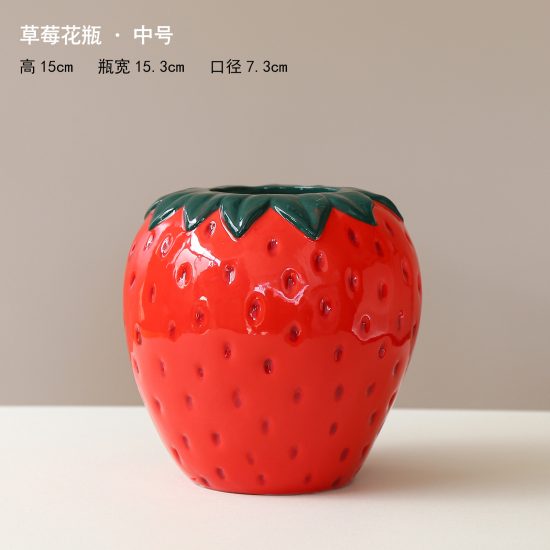The history of ceramic plates dates back thousands of years to the time when humans started crafting pottery. Here is an overview of the history of ceramic plates from ancient pottery:
- Prehistoric Era: The origins of ceramic plates can be traced to prehistoric times when early humans discovered that clay could be shaped and hardened by fire. They began making rudimentary pottery vessels for cooking, storage, and serving food. These early pottery vessels were likely basic bowls or flat discs that served as primitive plates.
- Ancient Mesopotamia: One of the earliest civilizations to develop advanced pottery techniques was ancient Mesopotamia (modern-day Iraq) around 6000 BCE. The Mesopotamians used clay to create various types of pottery, including plates. These early ceramic plates were typically made by hand and had simple shapes and designs.
- Ancient Egypt: In ancient Egypt, ceramic plates were an essential part of daily life. The Egyptians perfected their pottery-making techniques, creating finely crafted and ornate plates. These plates often featured intricate designs, hieroglyphics, and vibrant colors. They were used for both practical purposes and religious rituals.
- Ancient Greece and Rome: The ancient Greeks and Romans made significant advancements in pottery production. Greek pottery, known for its elegant shapes and intricate decoration, included various types of plates like the kylix, which was used for drinking and dining. Roman pottery, influenced by Greek techniques, featured a wide range of plate designs, from simple and functional to highly decorative.
- Chinese Ceramics: China has a rich history of ceramic production that dates back thousands of years. Chinese pottery, including plates, has been highly regarded for its delicate craftsmanship, exquisite glazes, and distinct aesthetics. Chinese porcelain plates, in particular, gained international recognition for their beauty and quality.
- Islamic Ceramics: During the Islamic Golden Age, which spanned from the 8th to the 14th century, Islamic ceramics flourished. Intricate patterns, calligraphy, and geometric designs adorned ceramic plates made in regions such as Persia (modern-day Iran) and Andalusia (present-day Spain). These plates showcased the artistic achievements of Islamic pottery.
- European Renaissance: In Europe, the Renaissance period brought about a revival of interest in classical arts and culture. Ceramic plates became more refined and were often decorated with scenes from mythology, nature, or historical events. Majolica, a type of Italian tin-glazed earthenware, gained popularity during this time for its vibrant colors and detailed designs.
- Industrial Revolution and Beyond: With the advent of industrialization, ceramic plate production became more mechanized and accessible to a wider audience. The production process shifted from traditional handcrafting to mass production methods. Different styles emerged, catering to changing tastes and trends.
Throughout history, ceramic plates have evolved in terms of craftsmanship, design, and cultural influences. From simple and functional pieces to intricate works of art, ceramic plates have played a vital role in the culinary traditions and aesthetics of various civilizations. Today, they continue to be cherished both for their practicality and artistic value.


